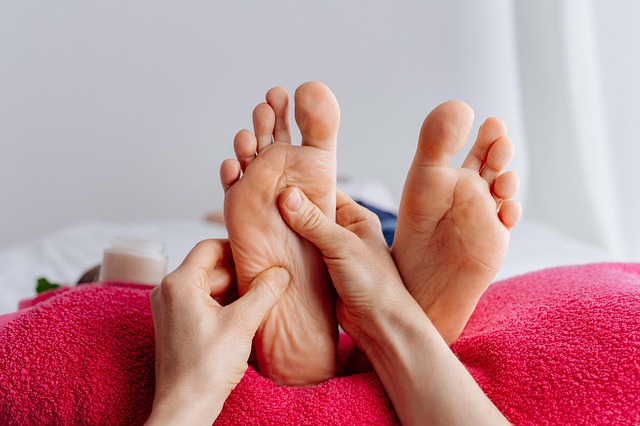Seasonal Affective Disorder (SAD) is a type of depression linked to reduced sunlight, causing appetite, sleep, fatigue, concentration and despair. Treatment focuses on resetting circadian rhythms through light therapy, adjusted sleep cycles, physical activity, and cognitive-behavioral therapy (CBT). Light therapy suppresses melatonin, stimulating serotonin to reduce SAD symptoms. CBT identifies and transforms negative thoughts. Medication, like SSRIs, combined with lifestyle adjustments offers comprehensive depression treatment programs. Social support enhances well-being. Acupuncture and yoga are alternative holistic treatments. Building resilience through CBT, mindfulness and healthy habits improves mental health outcomes. Choosing the right depression treatment program aligns with personal needs and triggers.
Seasonal Affective Disorder (SAD) is a type of depression that occurs during specific seasons, typically winter. This article explores comprehensive SAD treatment options, from light therapy and cognitive behavioral therapy (CBT) to lifestyle adjustments and alternative therapies. Understanding these various approaches can help individuals navigate effective depression treatment programs for managing SAD symptoms and improving mental well-being.
Understanding Seasonal Affective Disorder (SAD)
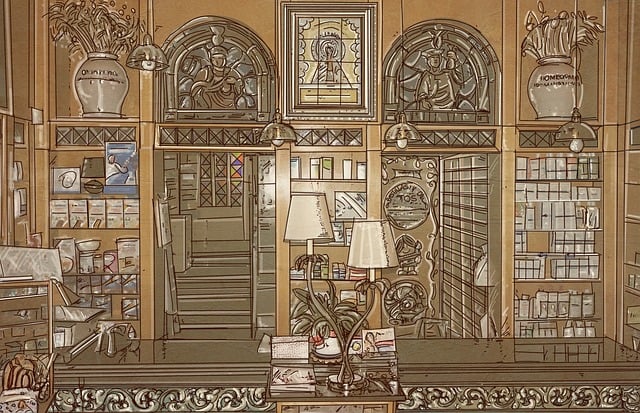
Seasonal Affective Disorder (SAD) is a type of depression that occurs during specific times of the year, typically in the fall and winter months when there’s less natural sunlight exposure. It’s more than just feeling sad; SAD significantly impacts daily functioning and overall well-being. Symptoms include changes in appetite, disrupted sleep patterns, lack of energy, difficulty concentrating, and feelings of hopelessness or anxiety.
Understanding SAD involves recognizing its triggers, which are closely tied to the body’s natural circadian rhythms influenced by sunlight. Depression treatment programs designed for SAD focus on exposing individuals to bright light therapy, adjusting sleep-wake cycles, engaging in regular physical activity, and sometimes incorporating cognitive-behavioral therapy (CBT) to help manage symptoms. These strategies aim to restore balance to the body’s internal clock and improve mood throughout the affected seasons.
Light Therapy: A Common Treatment Approach

Light therapy is a well-established and commonly recommended approach for Seasonal Affective Disorder (SAD) treatment. This non-invasive method involves exposure to bright artificial light, mimicking natural outdoor lighting, to regulate the brain’s internal clock and boost mood. Typically conducted in the morning, light therapy sessions last for about 20-30 minutes, during which individuals sit close to a specialized light box emitting high-intensity fluorescent light.
The effectiveness of light therapy lies in its ability to suppress melatonin production, often elevated during SAD, while stimulating the production of serotonin, known as the ‘feel-good’ hormone. This balance can significantly reduce symptoms of depression and fatigue associated with SAD. Many people integrate this treatment into their daily routines, finding it an accessible and effective component within comprehensive depression treatment programs.
Cognitive Behavioral Therapy (CBT) Techniques
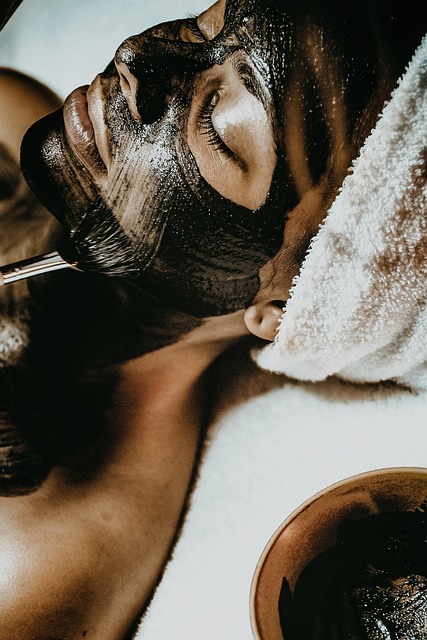
Cognitive Behavioral Therapy (CBT) is a highly effective technique for treating Seasonal Affective Disorder (SAD). This evidence-based approach focuses on identifying and changing negative thought patterns that contribute to depressive symptoms during the colder months. By modifying these thoughts, CBT helps individuals challenge and reframe distorted perceptions, leading to improved mood regulation.
In CBT programs designed for SAD, therapists guide patients through various techniques such as light therapy exposure, mindfulness exercises, and structured daily routines. These strategies aim to restore a sense of control and promote positive coping mechanisms. Through regular sessions, individuals learn to recognize and combat seasonal triggers, ultimately reducing the intensity of depressive episodes and enhancing overall well-being.
Medication Options for Depression Treatment
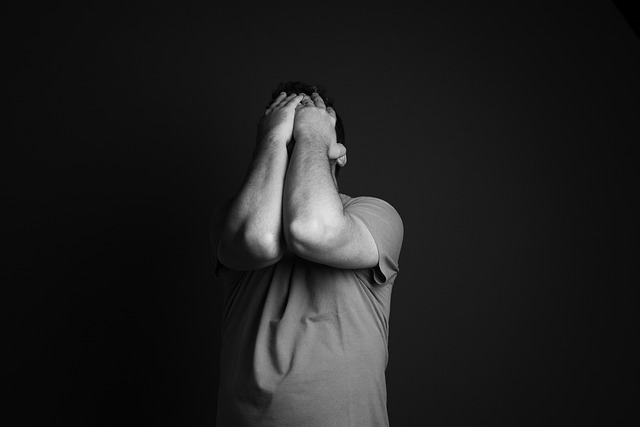
Medication options play a significant role in treating seasonal affective disorder (SAD), a type of depression tied to changes in seasons, with antidepressants being a common choice. Selective serotonin reuptake inhibitors (SSRIs) are often prescribed as they help balance serotonin levels in the brain, leading to improved mood and energy. Another option is light therapy, which simulates natural outdoor light and has been shown to be effective for many individuals experiencing SAD.
When considering depression treatment programs, it’s important to understand that medication should be combined with other therapeutic approaches like cognitive-behavioral therapy (CBT) for optimal results. This combination therapy addresses underlying thoughts and behaviors contributing to depression while also providing tools to manage symptoms. Additionally, lifestyle adjustments such as regular exercise, a balanced diet, and adequate sleep can further enhance the effectiveness of SAD treatment programs.
Lifestyle Adjustments for SAD Management
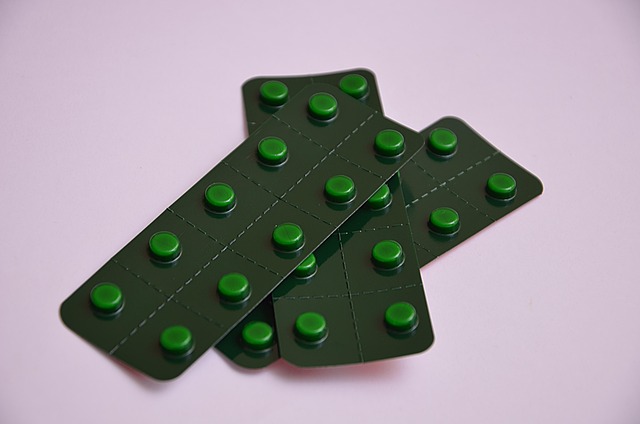
Many individuals suffering from Seasonal Affective Disorder (SAD) find that making lifestyle adjustments can significantly help manage symptoms. One of the most effective strategies is to maximize exposure to natural light, especially during the shorter winter days. This can involve simple habits like eating breakfast near a window or taking regular breaks outside during work hours.
Additionally, maintaining a consistent sleep schedule and engaging in regular physical activity can make a substantial difference. Staying active releases endorphins that boost mood, while a structured routine helps regulate circadian rhythms. Incorporating relaxing practices such as meditation or deep breathing exercises into daily routines may also offer relief from SAD symptoms. These lifestyle changes often work best when combined with other depression treatment programs, such as cognitive-behavioral therapy or light therapy, for comprehensive management of SAD.
Social Support and Its Impact on Recovery

Social support plays a pivotal role in the recovery process for individuals dealing with Seasonal Affective Disorder (SAD). Having a strong network of friends, family, or support groups can significantly enhance the effectiveness of depression treatment programs. This support system acts as a buffer against symptoms, offering encouragement, understanding, and practical help during challenging times. Members of this network can provide emotional reassurance, listen to concerns, and help individuals stay motivated throughout their journey towards healing.
Moreover, social interactions foster a sense of belonging and connection, which is especially crucial during the darker months when SAD symptoms tend to worsen. Engaging in shared activities, whether it’s joining support groups or participating in community events, can disrupt isolation patterns often associated with depression. This interconnectedness not only alleviates symptoms but also empowers individuals to cope with seasonal changes more effectively, ultimately contributing to improved mental health and well-being.
Alternative Therapies: Acupuncture, Yoga, and More
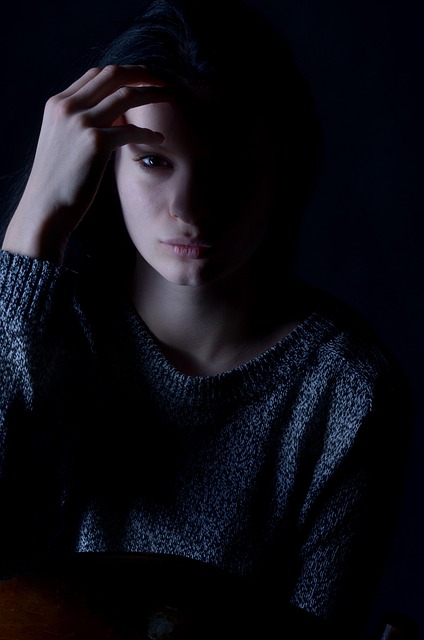
In addition to traditional therapy and light exposure therapy, several alternative treatments have shown promise in alleviating symptoms of seasonal affective disorder (SAD). Acupuncture, for instance, involves inserting thin needles into specific points on the body to stimulate natural healing responses and can be an effective way to manage depression during the fall and winter months.
Yoga is another beneficial practice, combining physical postures, breathing exercises, and meditation. Regular yoga sessions can help reduce stress and anxiety, improve mood, and increase overall well-being, making it a valuable component of a comprehensive SAD depression treatment program. These alternative therapies offer unique approaches to tackling SAD, complementing conventional methods for a more holistic form of care.
Building Resilience for Long-Term Mental Well-being
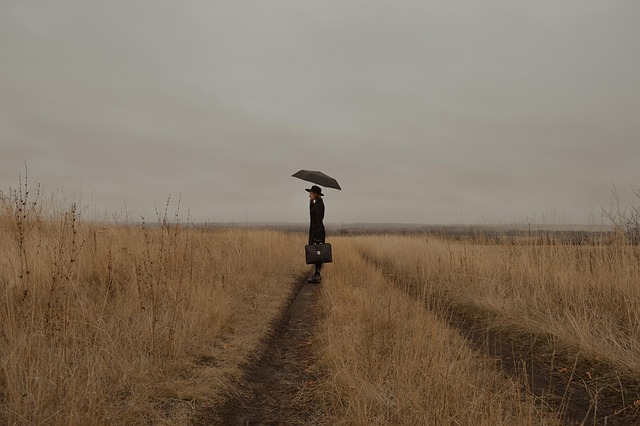
Building resilience is a key component in managing and treating seasonal affective disorder (SAD). By implementing strategies that enhance mental fortitude, individuals can better cope with the cyclical nature of SAD symptoms. Long-term mental well-being is fostered through consistent practices that promote self-care and emotional regulation.
Depression treatment programs often incorporate techniques to build resilience, such as cognitive-behavioral therapy (CBT), mindfulness training, and lifestyle adjustments. CBT helps individuals identify and challenge negative thought patterns, replacing them with more positive, realistic perspectives. Mindfulness practices encourage staying present, fostering a sense of calm and reducing reactive emotions. Lifestyle changes, like regular exercise, sufficient sleep, and balanced nutrition, are essential for optimal brain health and can significantly impact depression treatment outcomes.
Finding the Right Depression Treatment Program
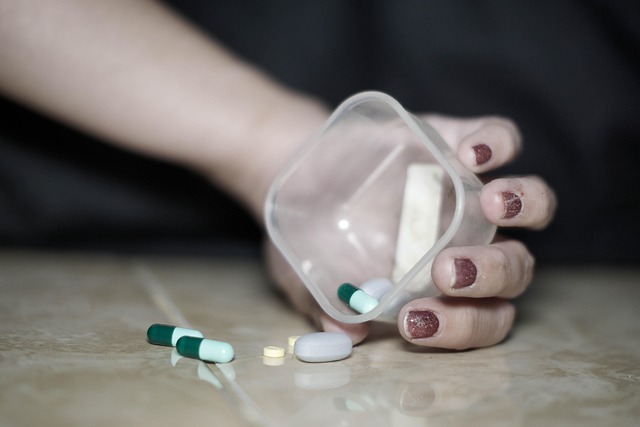
Choosing the right depression treatment program is a crucial step in managing seasonal affective disorder (SAD). There are various options available, and finding one that aligns with your specific needs is essential for effective relief. Many people benefit from cognitive-behavioral therapy (CBT), which helps identify and change negative thought patterns and behaviors associated with depression. CBT can be especially powerful when tailored to address SAD triggers, such as adjusting sleep and activity routines.
Additionally, light therapy has shown significant promise in treating SAD. This involves exposure to a special lamp that mimics natural outdoor light, helping regulate your body’s internal clock and boost serotonin levels. Combining light therapy with other treatments like medication or group therapy can offer comprehensive relief for many individuals dealing with seasonal affective disorder.
